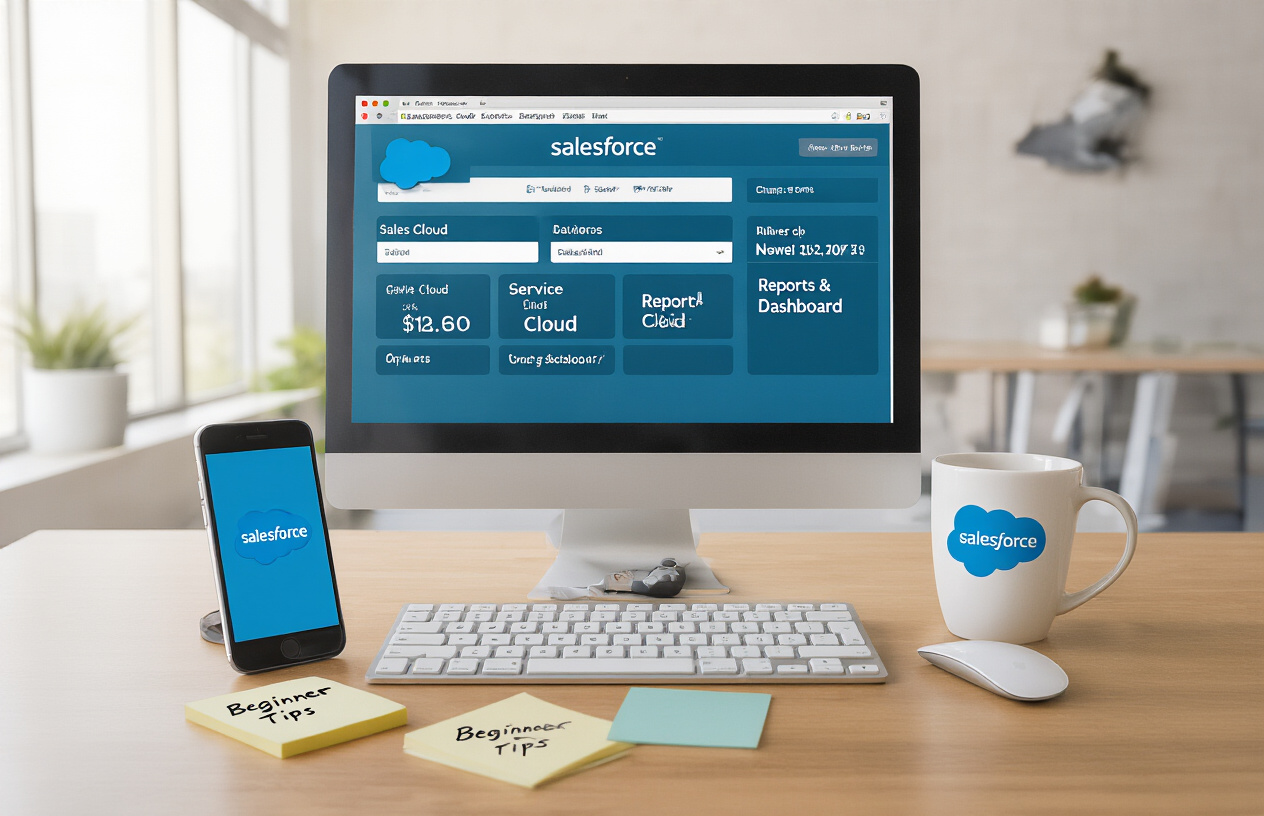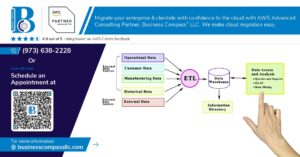Ever stared at a Salesforce database wondering why it feels like you need a PhD just to understand where your customer data actually lives? You’re not alone.
For many admins and developers, Salesforce objects feel like a maze with no map. Standard objects, custom objects, junction objects—it’s enough to make your head spin.
Understanding Salesforce objects and data model architecture isn’t just nice-to-have knowledge. It’s the foundation that will make or break your entire CRM implementation.
I’ve spent years untangling these relationships for confused teams, and I’m about to show you how the puzzle pieces fit together in plain English.
But first, let’s address the question that keeps Salesforce admins up at night: why does your data structure matter so much when everything seems to work fine already?
Fundamentals of Salesforce Objects
What are Salesforce objects and why they matter
Ever wondered what makes Salesforce tick? Objects are the building blocks – they’re basically fancy tables storing all your business data. Think contacts, accounts, or opportunities. They matter because without them, you’d have nowhere to put customer info or track sales. They’re what makes your CRM actually useful.
Core Standard Objects in Salesforce
Core Standard Objects in Salesforce
A. Account and Contact architecture
Salesforce’s backbone is its Account and Contact objects. Think of Accounts as the companies you do business with, while Contacts are the actual people. They’re linked in a parent-child relationship – one Account can have multiple Contacts, mimicking real-world business structures perfectly.
Custom Object Development Best Practices
A. When to create custom objects vs. using standard ones
Look, standard objects won’t always fit your business needs. Create custom objects when you need specialized data tracking that standard objects can’t handle. But don’t reinvent the wheel – if Accounts can store your company data with a few custom fields, stick with it. Custom objects shine when you’re tracking unique entities specific to your business.
Object Relationships in Salesforce
Master-detail vs. Lookup relationships explained
Relationships in Salesforce aren’t just connections – they’re power tools. Master-detail relationships are the helicopter parents of the data world, controlling their child records completely. Delete a parent? Kids go too. Lookups are more like cool aunts – casual connections with no cascading deletions or automatic sharing. Choose wisely – your data structure depends on it.
Data Model Architecture Planning
Data Model Architecture Planning
A. ERD (Entity Relationship Diagram) creation techniques
Ever tried building a house without blueprints? That’s what skipping ERDs in Salesforce feels like. Start with whiteboarding your objects and relationships before touching Schema Builder. Map out one-to-many and many-to-many relationships clearly, and don’t forget to label relationship types. Your future self will thank you.
Salesforce Schema Builder and Metadata
A. Using Schema Builder effectively
Schema Builder isn’t just a fancy diagram tool. It’s your secret weapon for visualizing your entire data model at once. Drag-and-drop field creation, quick relationship mapping, and real-time validation make it a no-brainer for admins who hate clicking through endless setup menus. Trust me, your mouse finger will thank you.
Mastering Salesforce’s data structure requires a deep understanding of its objects and data model architecture. From standard objects like Accounts and Contacts that form the foundation of the platform to custom objects that address unique business needs, this framework provides the flexibility organizations need to manage their data effectively. The relationships between objects—whether lookup, master-detail, or many-to-many—further enhance the platform’s capability to model complex business processes accurately.
As you build your Salesforce implementation, remember to carefully plan your data model architecture before development, leverage Schema Builder for visual mapping, and follow best practices for custom object creation. A well-designed Salesforce data model not only improves system performance but also enhances user adoption and ensures scalability as your business grows. Take time to regularly review and optimize your data architecture to maximize the value of your Salesforce investment.




















